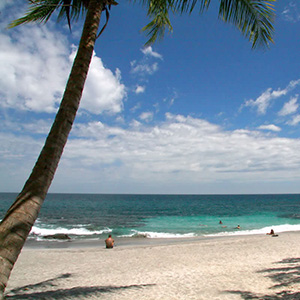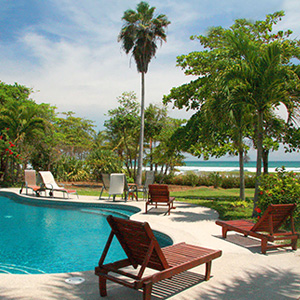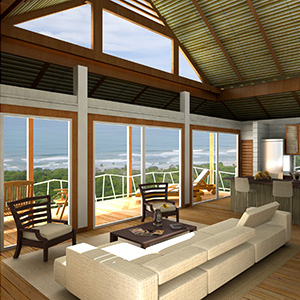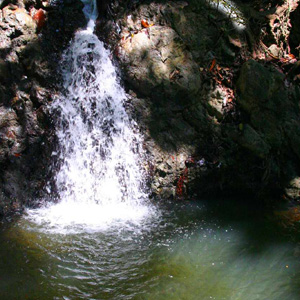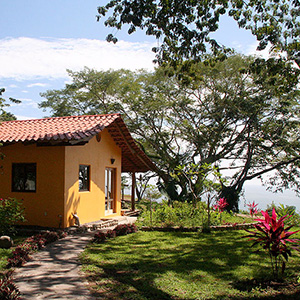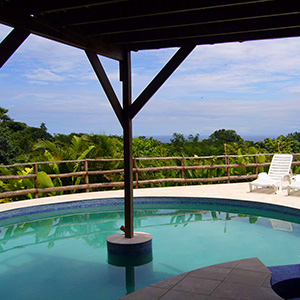Here are many variants and each case must be treated as a unique but here’s a little guide to get an idea of the different cases and steps to follow:
- The first step is to be near a primary line, which are the components responsible for receiving electrical energy and deliver it into the secondary lines.
If the property is located near a Primary Line you only have to approach the ICE with the electric plan of the house and copy of ID, passport or S.A. This opens a case number. The ICE studies the case and the plan. Once accepted, the ICE provides the transformer (maximum 50 KVA) and install the line without cost.
There are cases in which the client has to buy the transformer, carry it to review to the offices of the ICE in Colima San Jose, bring it back and leave it in the place where it would be install. Notify the local ICE office and they will installs it, at present, without cost. In these cases the owner should donate the transformer to the ICE so that this one provides maintenance and measurement of the service but he can opt for maintaining it private.
- If the property is not close to a Primary Line, the owner must buy the transformer and hire a private company to install it and build the network. Once built, the owner may choose to donate the transformer and line to ICE or keep it as private line. In most cases, the first option is more convenient because the ICE is responsible for maintenance, measurement and service charge. When you choose to keep it private the ICE only deals with the measurement and collection.
- For farms that are close to a Primary Line, lets say about 150 meters, but the house or building is inside far from the street, the ICE gives and place the meter at the entrance but the owner must take charge of carrying the line toward the house. This can be done either underground or air form, the second is more economic. The costs vary according to type and wire size.
- Concrete poles that carry lines are placed at a distance of 60, 70, 80 and 100 meters to each other. Its location varies according to topography and shape of the road. If the road has many curves, will require more poles. Each pole has an approximate cost of $ 2500. The amount of work varies according to the number of poles.
- Usually a 50 KVA transformer is enough for 4 small houses without pools or water wells.
I hope that this information has been helpful. If you need to hire a company to handle the installation of the primary line and / or transformer you can consult IENSA – 2451 3060 – iensa1@ice.co.cr
Carla@tropisphere.com
